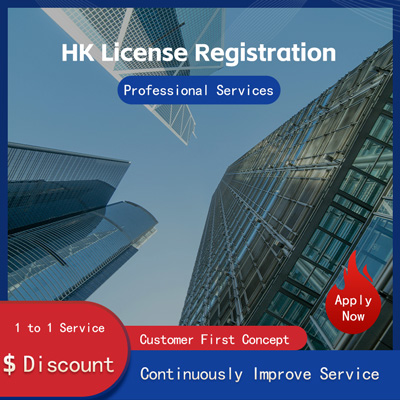
Exploring Differences Between Chinese GAAP and U.S. GAAP
The differences between Chinese Accounting Standards CAS and U.S. Generally Accepted Accounting Principles GAAP are significant, reflecting the distinct economic environments, regulatory frameworks, and cultural contexts of the two countries. As global businesses increasingly operate across borders, understanding these distinctions is crucial for multinational corporations, investors, and accountants alike. While both sets of standards aim to ensure transparency and reliability in financial reporting, their approaches and methodologies diverge in several key areas.

One of the most notable differences lies in the treatment of fair value accounting. Under U.S. GAAP, fair value measurement is widely applied, especially in the context of financial instruments. The Financial Accounting Standards Board FASB mandates that companies report assets and liabilities at their current market value whenever possible. This approach emphasizes real-time valuation and reflects the dynamic nature of financial markets. In contrast, CAS adopts a more conservative stance on fair value accounting. Chinese companies often rely on historical cost as the primary basis for financial reporting, with fair value adjustments reserved for specific circumstances. For instance, during the global financial crisis, U.S. firms experienced significant volatility in their financial statements due to frequent fair value revaluations. Conversely, Chinese enterprises maintained relatively stable financial figures, which some argue provided greater predictability but potentially masked underlying risks.
Another area of divergence concerns revenue recognition. U.S. GAAP follows the principles-based framework established by FASB, which allows for flexibility in interpreting and applying standards. This approach encourages professional judgment and aims to align financial reporting with the economic substance of transactions. In 2014, the FASB introduced Accounting Standards Update ASU No. 2014-09, harmonizing revenue recognition practices under Topic 606. This update provides a five-step model for recognizing revenue, emphasizing the transfer of control rather than risks and rewards. On the other hand, CAS employs a rules-based approach that prescribes detailed guidelines for various industries. For example, in the construction sector, Chinese companies adhere to specific criteria for recognizing project revenues, such as progress milestones or percentage completion. This rigid framework can simplify compliance but may limit adaptability to unique business models.
The treatment of goodwill and intangible assets further highlights the contrast between the two systems. Under U.S. GAAP, goodwill and intangibles are subject to annual impairment testing, unless there is evidence of impairment. If an impairment occurs, the loss must be recognized immediately. This practice aligns with the principle of prudence, ensuring that financial statements reflect the true value of assets. In contrast, CAS permits amortization of goodwill over a maximum period of ten years, following the straight-line method. This approach reduces the potential for large write-downs and provides a smoother earnings trajectory. Such differences have practical implications for investors assessing company performance. For instance, during periods of economic downturn, U.S. firms may report larger losses due to goodwill impairments, while Chinese counterparts exhibit more consistent profitability.
Inventory valuation also reveals divergent philosophies. U.S. GAAP permits companies to choose between Last-In, First-Out LIFO and First-In, First-Out FIFO methods, depending on which better matches current costs with revenues. LIFO is particularly popular among U.S. manufacturers because it defers tax liabilities during inflationary periods. However, CAS prohibits the use of LIFO entirely, mandating FIFO for inventory valuation. This restriction simplifies accounting procedures but may not accurately capture the cost of goods sold during periods of rising prices. A recent example involves a major Chinese electronics manufacturer that faced challenges in matching inventory costs with fluctuating raw material prices. Had LIFO been available, the company might have mitigated its cost pressures, but this option remains unavailable under CAS.
Lease accounting represents another point of divergence. U.S. GAAP underwent a substantial overhaul in 2018 with the implementation of ASU No. 2016-02, requiring lessees to recognize most leases on their balance sheets as right-of-use assets and lease liabilities. This change aligns with the principle of transparency, providing a clearer picture of a company's obligations. In contrast, CAS adopted a similar but less stringent approach in 2024. While Chinese companies must now classify leases as either finance or operating leases, the distinction between the two categories remains broader and less precise. Consequently, some analysts argue that Chinese financial statements may still understate leasing commitments compared to their U.S. counterparts.
Environmental, Social, and Governance ESG considerations also highlight the evolving alignment between CAS and U.S. GAAP. While ESG factors are becoming increasingly important globally, their integration into financial reporting remains nascent in China. U.S. GAAP has begun incorporating sustainability metrics into disclosures, driven by regulatory initiatives like the SEC's proposed climate risk disclosure rules. In contrast, CAS lacks standardized requirements for ESG reporting, although the Chinese government is actively promoting voluntary disclosures through initiatives such as the Green Finance Guidelines. This gap presents both opportunities and challenges for companies seeking to attract international capital, as investors increasingly prioritize sustainable practices.
In conclusion, the differences between Chinese Accounting Standards and U.S. GAAP stem from fundamental variations in regulatory philosophy, market conditions, and cultural priorities. While U.S. GAAP leans toward flexibility and real-time valuation, CAS favors conservatism and stability. These distinctions necessitate careful adaptation for multinational entities operating in both jurisdictions. As globalization continues to blur national boundaries, ongoing dialogue and convergence efforts between standard-setting bodies will likely play a pivotal role in bridging these gaps and fostering greater comparability in global financial reporting.
Still have questions after reading? More than 98,000 users have contacted us. Please fill in the following information to obtain business information.

Previous Article


 ONE
ONE
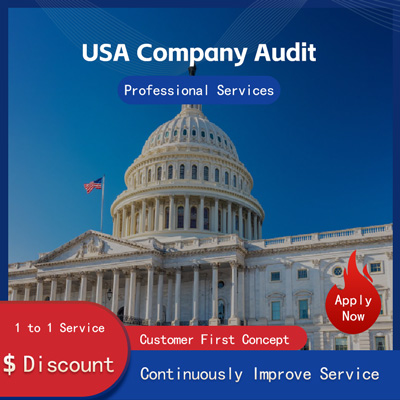
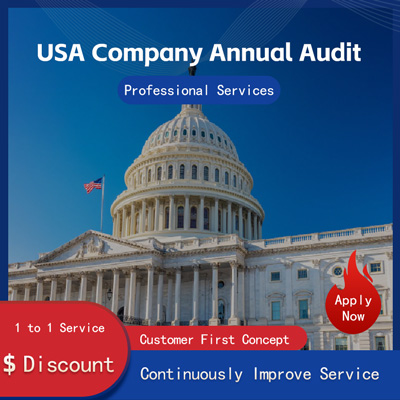

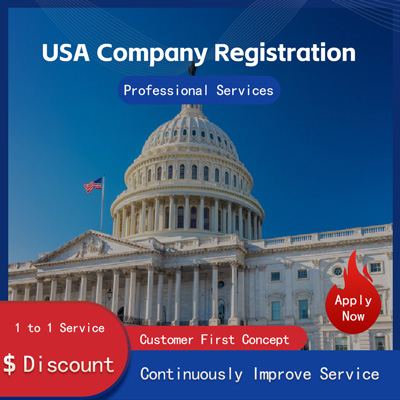
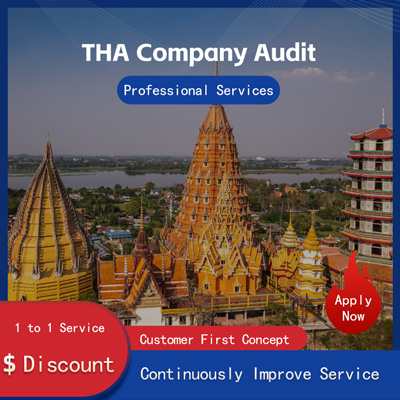
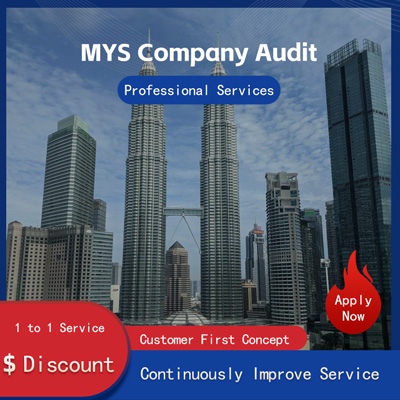
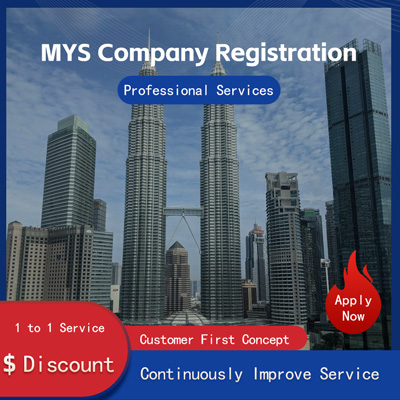
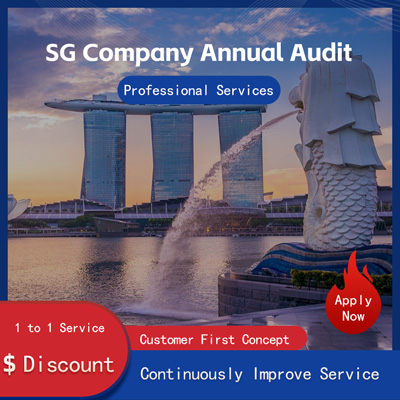
Customer Reviews
Small *** Table
December 12, 2024The experience was very good. I was still struggling to compare it with other companies. I went to the site a few days ago and wanted to implement it as soon as possible. I didn't expect that everything exceeded my expectations. The company is very large, with several hundred square meters. The employees are also dedicated and responsible. There is also a wall of certificates. I placed an order on the spot. It turned out that I did not make a wrong choice. The company's service attitude is very good and professional. The person who contacted me explained various things in detail in advance. After placing the order, the follow-up was also very timely, and they took the initiative to report the progress to me. In short, I am very satisfied and recommend this company!
Lin *** e
December 18, 2024When I first consulted customer service, they recommended an agent to me. They were very professional and patient and provided excellent service. They answered my questions as they came in. This 2-to-1 service model is very thoughtful. I had a lot of questions that I didn’t understand, and it’s not easy to register a company in Hong Kong. Fortunately, I have you.
t *** 7
December 19, 2024I originally thought that they only did mainland business, but I didn’t expect that they had been doing Hong Kong business and were doing very well. After the on-site interview, I decided to ask them to arrange the registration of my Hong Kong company. They helped me complete it very quickly and provided all the necessary information. The efficiency was awesome. It turns out that professional things should be done by professionals.👍
b *** 5
December 16, 2024In order to register a company in Hong Kong, I compared many platforms and stores and finally chose this store. The merchant said that they have been operating offline for more than 10 years and are indeed an old team of corporate services. The efficiency is first-class, and the customer service is also very professional.